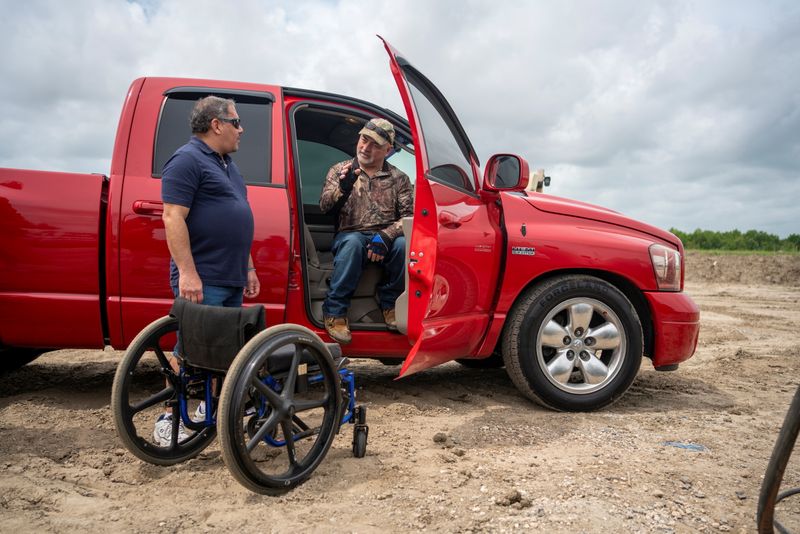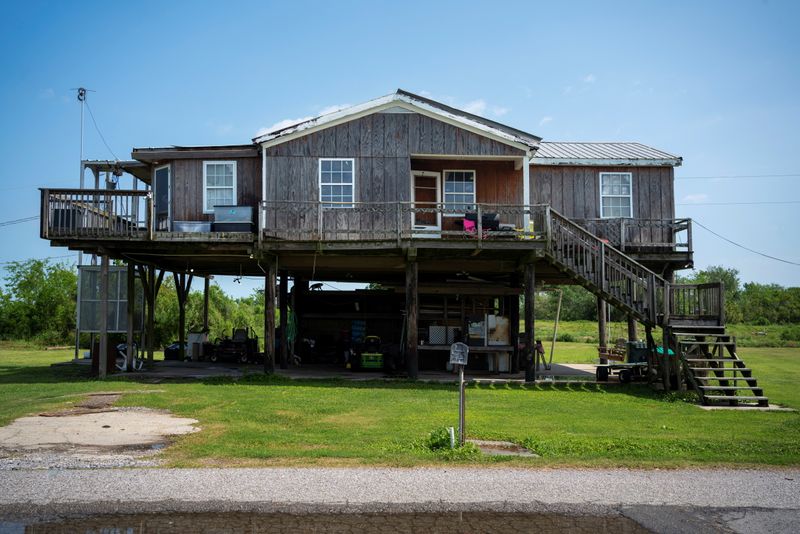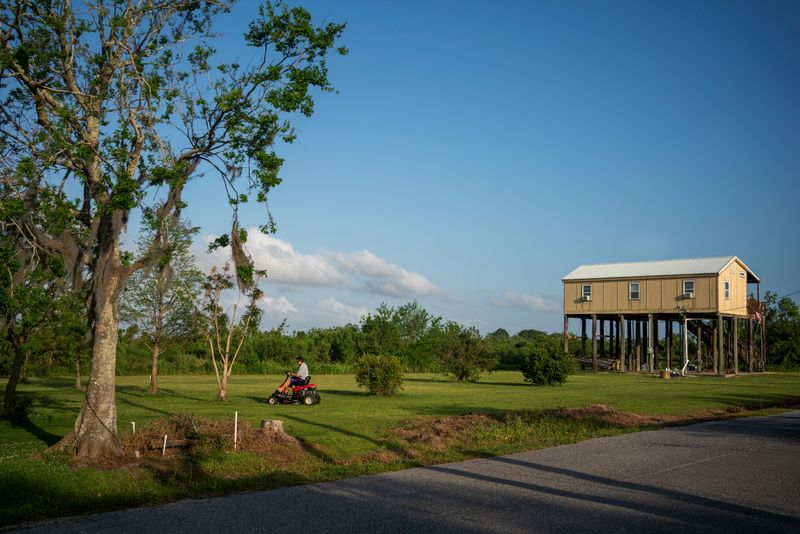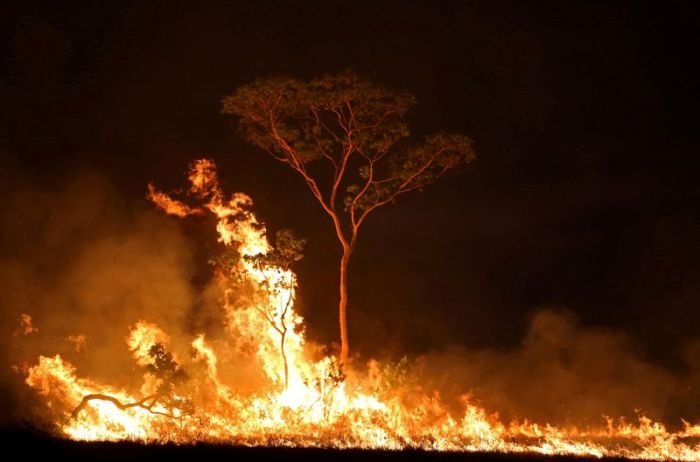SCHRIEVER, La. (Reuters) – Howard Brunet bounds out of his red pickup truck and across bulldozed sugar cane fields, taking a look at the wetlands of his Native American tribe’s new home, miles from the rising seas that are engulfing his birthplace.
The American government forced Brunet’s Choctaw ancestors to flee the southeastern United States nearly two centuries ago and hide on the southern edges of Louisiana’s bayous in present-day Terrebonne Parish.
Now Brunet, 19, and three dozen families from the Biloxi-Chitimacha-Choctaw tribe are becoming federally funded climate change transplants, forced from the Isle de Jean Charles this time by rising seas and eroding lands.
Just 2% of the island’s mass remains – the rest has been swallowed up by the Gulf of Mexico.
In 2016, the Department of Housing and Urban Development distributed $48 million for the Isle de Jean Charles residents to move off the island, part of a $1 billion federal grant package to help areas impacted by climate change.
The money was used by the Louisiana state government to buy a tract of land 40 miles to the north, develop it and build single-family homes for the approximately 80 full-time residents of Isle de Jean Charles. No homes have yet been built.
Earlier this month, Brunet and other members of the tribe saw what will be their new home for the first time since a 513-acre former sugar cane farm was cleared in preparation for construction. They expect to move to their new homes in the fall.
Brunet said he’s concerned his tribe will not be able to replicate its way of life, based on fishing and crabbing, in the new settlement, and that the already tiny group will fade away when members are less isolated.
“This relocation could easily destroy our tribe,” Brunet said. “This place here,” he continued, motioning around him to the cleared lots, “looks like a desert to me, compared to the island.”
The challenge the Biloxi-Chitimacha-Choctaw face point to hurdles other Americans may encounter in the coming decades, as coastal areas from Alaska to Florida feel the impact of rising waters. How to escape the dangers of climate change while still retaining a sense of community and place?
Down on the Isle de Jean Charles, a two-lane blacktop road with sea shells crushed into the asphalt runs a mile and a half along the ridge of land that is just a quarter mile wide now.
Tidy wooden homes are built atop stilts, at times two storeys high. A 2.5-mile long road that routinely floods out connects the island to the mainland, itself a gathering of earth that seems to be dissolving into the sea.
While most island inhabitants are taking the state up on the offer to move north, Hilton Chaisson, an 80-year-old retired oyster fisherman with a shock of white hair, is staying put.
“I’m not moving – this is where I’ll die,” he said in front of his home, describing a childhood of hunting and trapping on land behind his house that’s now been swallowed by water.
But Simon Naquin, a 48-year-old truck driver who lives on the island, is glad to get the chance to leave behind having to constantly worry if a hurricane is going to destroy his home.
“Moving away will be a tough and happy day at once,” he said.
(Reporting by Brad Brooks; Editing by Donna Bryson and Lincoln Feast.)





















